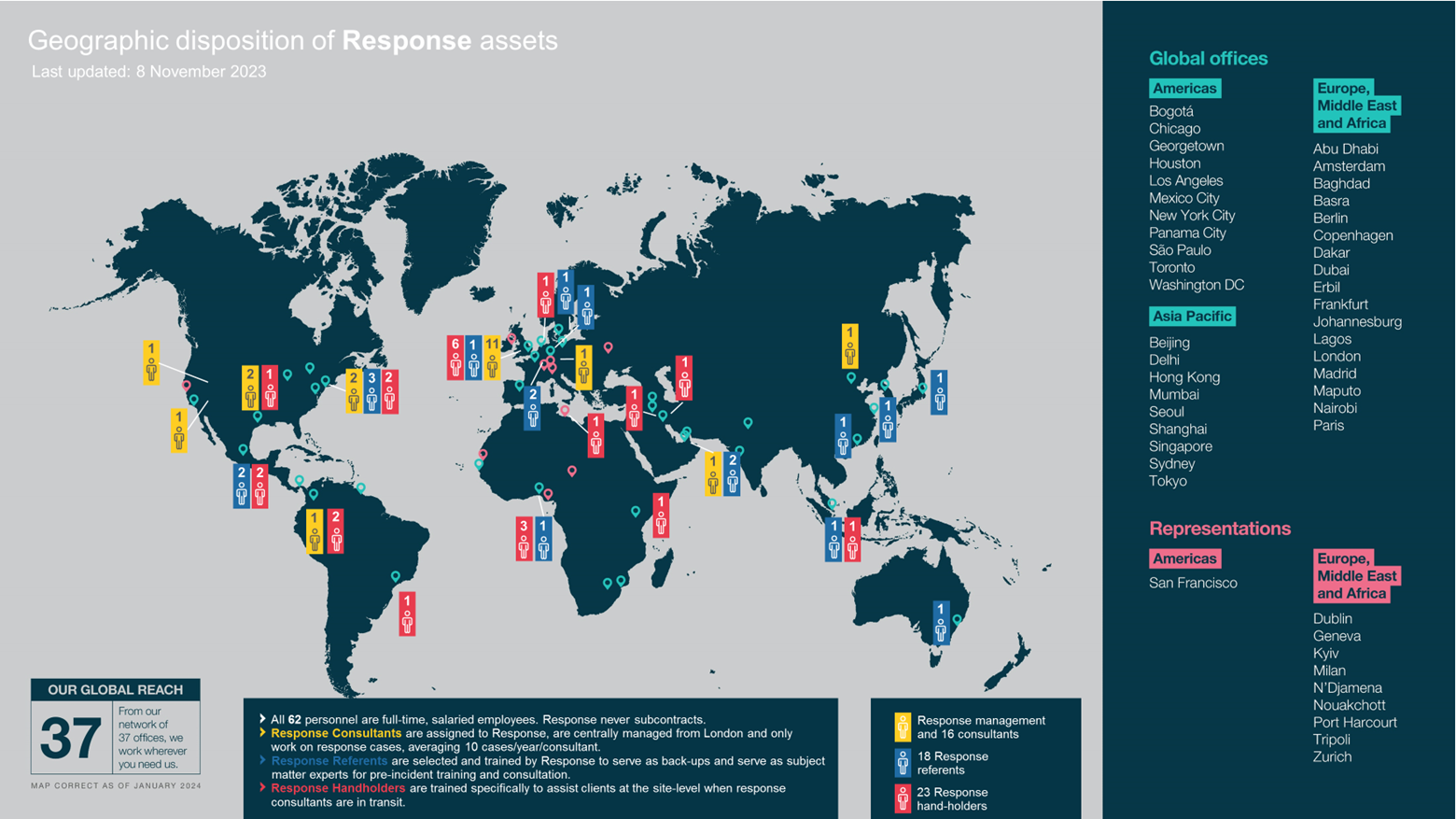Stop Spending Unnecessary Dollars on Workers’ Compensation Insurance: 4 Surprising Ways to Reduce Costs

Employers don’t realize how controllable workers’ compensation insurance costs can be – here’s how they can control them.
Common refrains uttered by businesses across the country include:
“Accidents happen.”
“The system is broken and is run by lawyers and doctors.”
“Workers’ compensation insurance is just a cost of doing business.”
According to Jason Cohen, divisional president of Strategic Comp, companies are not at the mercy of a broken system. “Unfortunately, many companies feel like the workers’ compensation system is rampant with fraud, and their insurance companies merely write checks,” he said. “Workers’ compensation costs are easily controllable if a business owner wants to control them, makes it a management priority, and focuses on a few key areas.”
To help your clients take control of workers’ compensation costs, here are four areas where a business owner should focus:
1. Create a culture of accountability
Jason Cohen, Divisional President of Strategic Comp, Great American Insurance Group
Most accidents don’t “just happen.” When they happen, they are usually the result of an unsafe behavior.
“We see most of our insureds’ accidents happen because people are not trained properly, or they are trained but decided to take a shortcut,” Cohen said.
It all comes down to culture. “You’re likely to see more injuries if you don’t have a culture in place where employees and supervisors feel like their job depends on doing things the right way,” Cohen said.
“Accidents slow down when zero-tolerance for unsafe behaviors becomes a part of your organizational culture,” he continued. “And, changing culture is relatively easy and not nearly as expensive as investing millions of dollars in new processes or new equipment.”
For this to work, it’s important that safety come from the top down. “If it’s important to the president, it’s important to the supervisor; and if it’s important to the supervisor, it’s important to the employee,” Cohen said. “For that reason, before Strategic Comp will insure any business, we always meet with executives to make sure they are committed to creating this culture. It needs to come from the top so that everyone understands that safety is important and should not be overlooked at any level of the company.”
2. Use employee incentives to reduce accidents
Safety incentives alone do not prevent accidents, but properly designed incentive programs can have a tremendous impact on the frequency and severity of accidents.
“You want programs to keep every employee thinking about safe behaviors every day,” said Cohen. “It’s important that employers not only hold people accountable for wrong behaviors, but also that they reward safe behaviors that lead to improved results.
“At Strategic Comp, we help our insureds implement incentive programs that reinforce what the owners are trying to do in terms of improving culture,” Cohen continued. “We find that they not only reduce accidents, but they improve morale as well.”
3. Insist on excellence from your insurance company’s claims staff
When claims happen, the ultimate cost of those claims is not set in stone. The same claim can have a variety of outcomes depending on several controllable factors: the thoroughness of the investigation, the length of time the employee is off work, the medical providers and vendors used, and ultimately, the duration of the claim.
Not all adjusters have the time to focus on the factors that ultimately drive the cost of the claim.
“A lot of adjusters have very high claims loads,” said Cohen. “Adjusters with high claims loads tend to be more focused on managing their loads and the paperwork generated by those loads, rather than managing claims.”
Adjusters with lower caseloads have time to investigate accidents, conduct surveillance where necessary, coordinate and manage medical care, and strategize with employers about ways to get a quick, fair and final resolution to each claim. The difference between a well-adjusted claim and a poorly adjusted claim can be many thousands of dollars.
Strategic Comp believes that another key factor in good claims adjusting is having a field presence. Cohen said, “If an adjuster is in the field and can interview witnesses and meet with the employee face-to-face, the adjuster can get a much better feel for the legitimacy of the claim and develop creative strategies to resolve it. Claimants who know their adjuster and see him/her working hard to get them back to health are less likely to pursue legal action.”
4. Explore alternative insurance program structures that allow you to benefit from improvement
If a company is going to take all of the above steps to reduce accidents and claims costs, they might as well get some financial benefit from it. Most businesses, however, cannot benefit from their efforts because they buy a guaranteed cost policy, where their premium is fixed, no matter how well they perform.
But, there are options out there, like large deductible programs, where the policy can reward the employer for improved results.
Cohen gave an example of an option that Strategic Comp provides to employers. “ABC Company has an option to pay $500,000 in guaranteed cost premium. Looking for an alternative, ABC’s agent brings in a quote from Strategic Comp for $200,000 in premium with a $350,000 aggregate deductible; if ABC has no claims, they’ve saved $300,000 – that’s real money. And if they have a lot of claims, their exposure is capped at the $350,000 aggregate.”
Strategic Comp’s strategy is to work with insureds throughout the year to take advantage of these potential savings by helping them implement accountability and incentive programs, and by using field adjusters with low caseloads to minimize claims costs.
“If a client decides they want to take control of their workers’ compensation program, we want to work with them to help them achieve significant savings,” said Cohen.
Finding the Right Carrier Can Help You Take Control
From accountability, to incentives, to working with adjusters with a lighter workload, there are many ways for a company to take control of their workers’ comp costs.
Employers looking to improve results while lowering costs can start by aligning themselves with a carrier that wants to help them perform better, will put a plan in place, and will work closely with them throughout the year to execute the plan, rather than a carrier that just issues a policy and talks to them once a year at renewal.
Strategic Comp, said Cohen, is looking to be that carrier.
According to a Strategic Comp insured, “Strategic Comp changed our entire safety atmosphere. From risk management to claim handling, they are the best of the best. It is a completely different workers’ comp process than any other companies we have worked with in the past. We are so thankful for their help in making our company a much safer place to be!”
And when it comes to safety, Cohen said, “We are ultimately helping insureds reduce the number of catastrophic injuries, which means we are saving people’s lives – it makes us feel really good about our job and our company.”
As a risk management specialist and member of Great American Insurance Group, Strategic Comp insures and services businesses across the United States, working directly with agents and each client’s executives.
For more details, visit Strategic Comp at: www.StrategicComp.com.
This article was produced by the R&I Brand Studio, a unit of the advertising department of Risk & Insurance, in collaboration with Great American Insurance Group. The editorial staff of Risk & Insurance had no role in its preparation.
Great American’s innovative insurance solutions and specialization serves niche marketplaces that we know well, giving us a successful foundation that spans generations.














